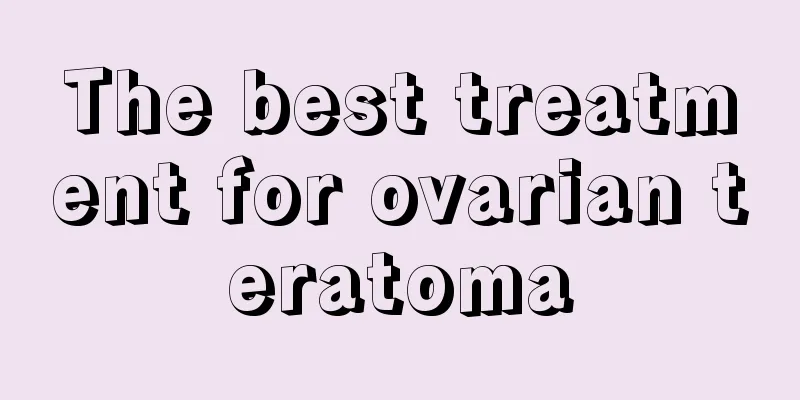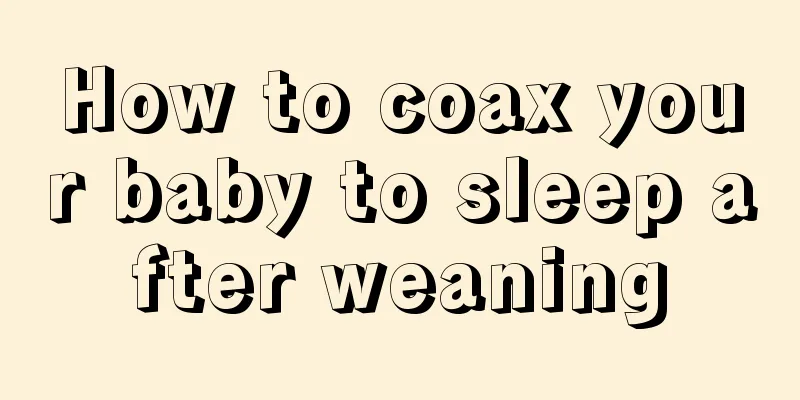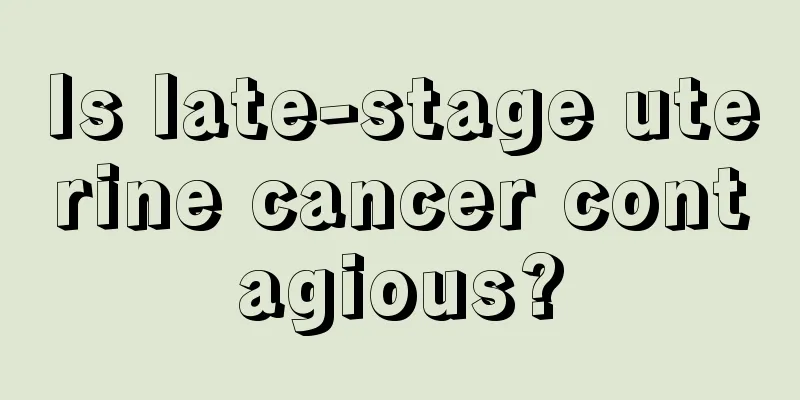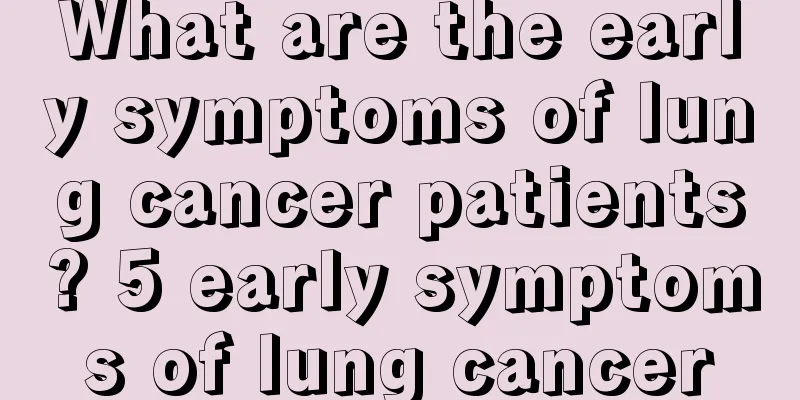The best treatment for ovarian teratoma

|
What is the best treatment for ovarian teratoma? Patients with ovarian teratoma should choose surgical treatment. The scope of surgery can be selected as the ipsilateral annex resection, ipsilateral teratoma removal and (or) contralateral ovarian biopsy. The surgical method can be laparoscopic or laparotomy. The benign or malignant nature of the teratoma can be preliminarily determined based on the intraoperative findings. If it is suspected to be a malignant tumor, it should be sent for frozen pathology examination as soon as possible. Malignant teratomas should also undergo complete staged surgery as much as possible. During the operation, the pelvis is fully explored, the greater omentum and peritoneum are removed, and lymph node biopsies are performed to understand the scope of tumor infiltration and the extent of involvement of various organs and tissues. For young patients with malignant teratomas who want to have children, surgery to preserve fertility can be considered. The chemotherapy regimen currently recommended by WHO is the BEP regimen. 1. Western medicine treatment of ovarian teratoma. Once a teratoma is found, doctors recommend removal. The presence of ovarian teratoma may affect women's fertility; whether the teratoma is benign can only be determined by pathological examination after removal, and teratoma has a certain rate of malignant transformation. Failure to remove it is like carrying a time bomb that may explode at any time. B-ultrasound suggests that the symptoms may be teratoma, but other situations are not ruled out. A pathological examination must be performed after surgery to make a final conclusion. Therefore, even if there are no symptoms, it does not affect daily life, and most teratomas are benign, surgery should be performed. 2. TCM treatment of ovarian teratoma Teratoma is a common benign tumor of the female reproductive organ, which is called "stone mass" or "intestinal tan" in TCM. Ovarian teratoma is clinically divided into three types: (1) Qi stagnation and blood stasis type: manifested by a lump on one or both sides of the lower abdomen. Small lumps usually have no obvious symptoms, while large lumps may cause palpitations, shortness of breath, back pain, lower abdominal pain, constipation, frequent urination, and ecchymosis on the tongue. (2) Cold-dampness and stasis type: There are lumps in the abdomen, edema in the lower limbs, water accumulation in the abdomen and chest, and poor digestion. (3) Qi stagnation and heat type: severe pain in the abdomen, abdominal distension and nausea, fever and chills, mental depression, weakness and fatigue, increased vaginal discharge, thick and foul. The common characteristics of all types are that ovarian cysts are mostly unilateral, with intact capsules, mobility, smooth surface, no ascites, cystic, smooth cyst wall, uniform shape, slow progression, and a long course. Ovarian teratomas are mostly caused by women's neglect of conditioning during menstruation or after childbirth, invasion of the six evils, or injury due to the seven emotions, dysfunction of the internal organs, resulting in dampness, turbidity, phlegm, blood stasis blocking the blood vessels, and accumulation over time, forming cysts. Ovarian teratoma is usually treated with surgical resection, but most patients are unwilling to accept it, and it is expensive and leaves wounds. Even after the patient's resection, a cyst grows on the opposite side or recurs at the original site. Traditional Chinese medicine can achieve twice the result with half the effort in treating ovarian teratoma. Based on the theory of traditional Chinese medicine, treatment is based on syndrome differentiation. Flexible application of the treatment principles of promoting blood circulation and removing stasis, softening and dispersing nodules, removing dampness and eliminating diseases, and eliminating accumulation and promoting qi has achieved ideal results. Warm reminder: Ovarian teratoma can occur at any age, but it is most common between the ages of 20 and 50. Malignant tumors rarely have symptoms in the early stages of the disease, so early diagnosis is difficult. First of all, ovarian tumors are different from cysts. When the cysts are small, they can be dispelled with drugs, but for tumors, surgery is the only treatment method. |
<<: Is teratoma harmful to patients?
>>: What are the symptoms of ovarian teratoma
Recommend
What are the symptoms of bone cancer? Understand these eight points
The symptoms of bone cancer are swelling or lumps...
Treatment of sequelae of meniscus surgery
The meniscus is very fragile. In daily life, if w...
How long can a breast cancer patient live after removing lymph nodes
Many women think that breast cancer is a type of ...
How to read the complete blood test report
The complete blood test report is the report form...
Does something growing on the pancreas necessarily mean pancreatic cancer?
Something growing on the pancreas is not necessar...
Nursing methods for advanced brain cancer
No one wants to be sick, but when the disease str...
Why does drinking almond and barley powder make me feel nauseous?
Why does drinking almond and barley powder make y...
Is blue light harmful to the eyes?
The eyes are a very fragile part of the human bod...
What are the dietary care methods for ovarian tumors
After the occurrence of ovarian malignant tumor d...
The teacher had diarrhea and farted in class
As teachers have to give lectures to students for...
Is my mother's rectal cancer hereditary?
Many patients with rectal cancer have a high chan...
Can you "smell" bladder cancer in urine? There are four good ways to prevent it
Bladder cancer is a common tumor. The medical com...
Cost of ovarian tumor surgery
Ovarian tumor surgery cost The cost of ovarian cy...
Long-term constipation increases the incidence of cervical cancer in women
The incidence of cervical cancer in women is seco...
What foods are good for patients with bile duct cancer?
Cholangiocarcinoma is a relatively serious diseas...









